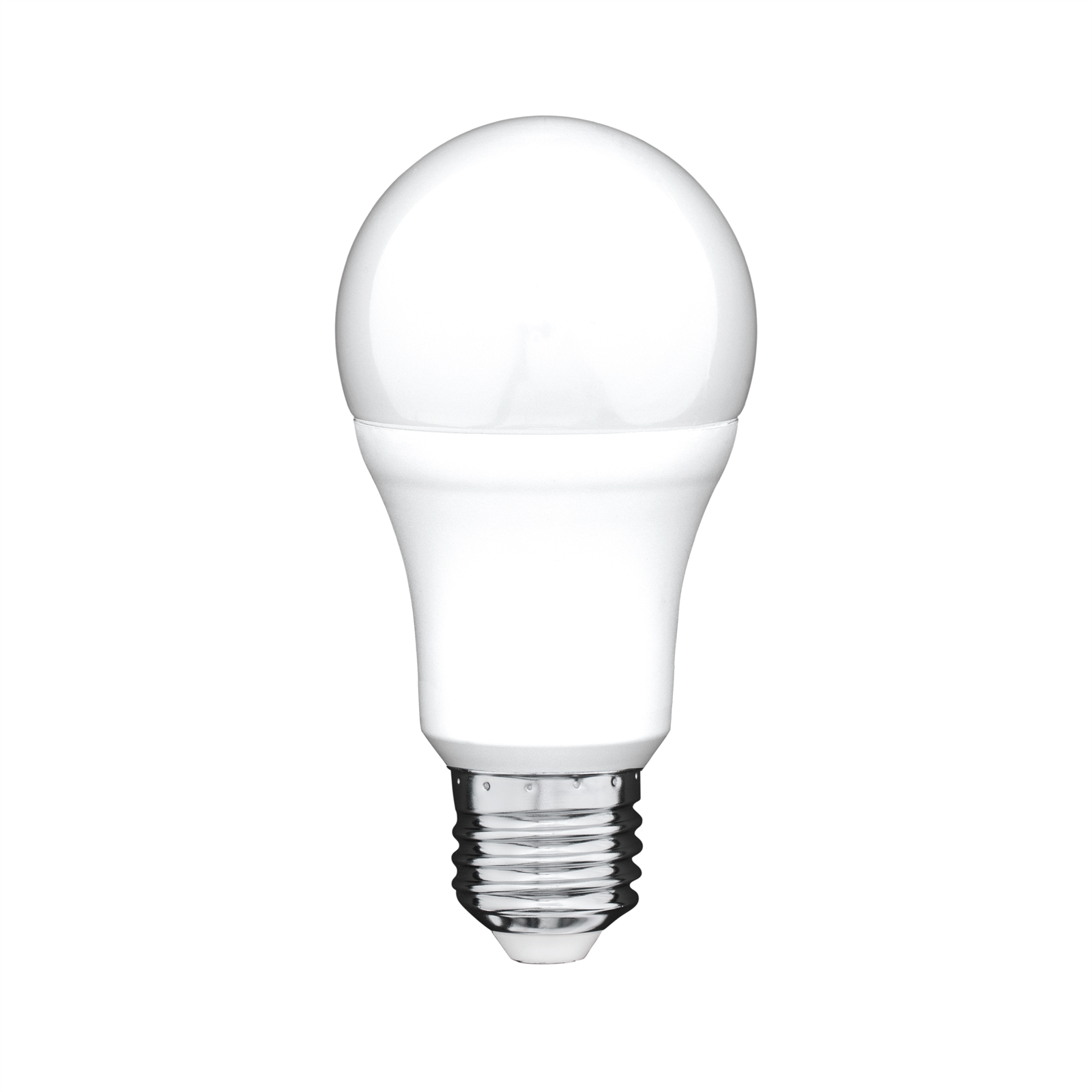
Available from:
Bunnings.com.au
Bunnings.co.nz
Install method:
USB to Serial
| GPIO # | Component |
|---|---|
| GPIO00 | None |
| GPIO01 | None |
| GPIO02 | None |
| GPIO03 | None |
| GPIO04 | None |
| GPIO05 | PWM 1 |
| GPIO09 | None |
| GPIO10 | None |
| GPIO12 | None |
| GPIO13 | PWM_i 2 |
| GPIO14 | None |
| GPIO15 | None |
| GPIO16 | None |
| GPIO17 | None |
{"NAME":"Arlec CCT","GPIO":[0,0,0,0,0,416,0,0,0,449,0,0,0,0],"FLAG":0,"BASE":48}WARNING: Series II variants of these devices are now appearing on the shelves which include the WB3L chip which is NOT ESP2866-based and therefore compatible with Tasmota.
You can identity these by looking at the printed label on the bulb itself, where it will clearly be labelled as Series II. The original variant which is ESP2866 based, will not identify as Series I.
They will need to be flashed via serial as they will very likely have a newer firmware preventing a tuya-convert flash.
This bulb uses PWM1 for brightness and PWM2 (inverted) for color temperature (instead of PWM1 for Cold White and PWM2 for Warm White),
so this template is based on Module 48 aka Philips Xiaomi mode. Alternatively, you could use SetOption92 1.
See the PWM CT documentation for details.
The bulb has hardware Gamma Correction included, you need to configure LedTable 0




